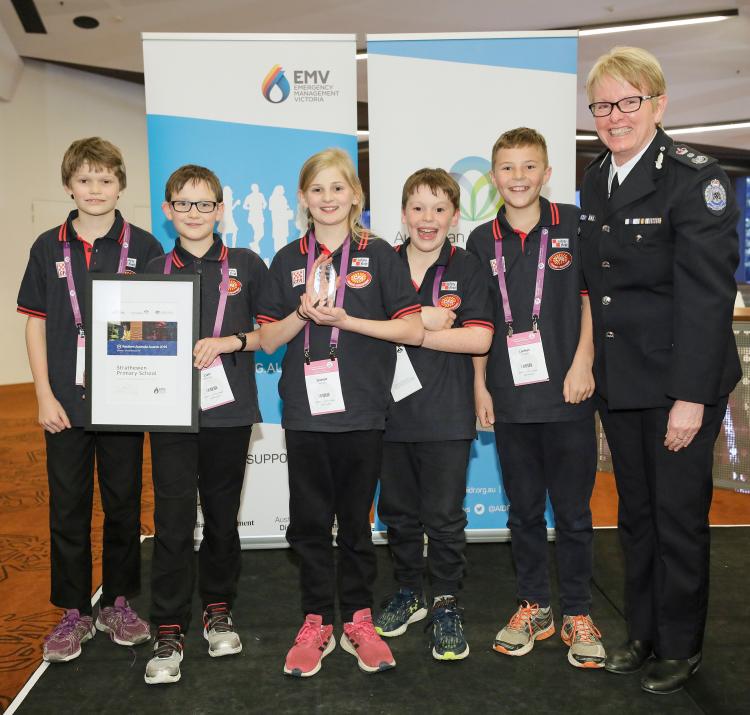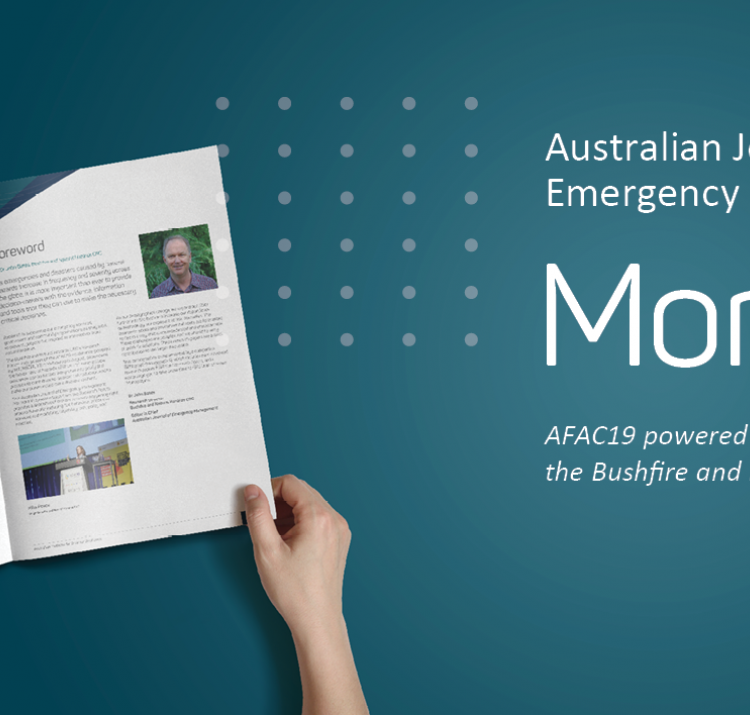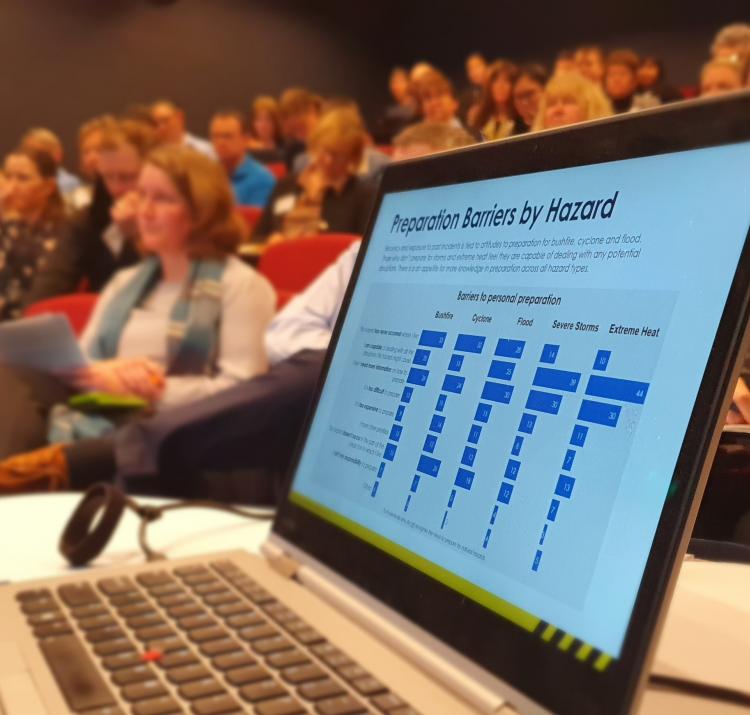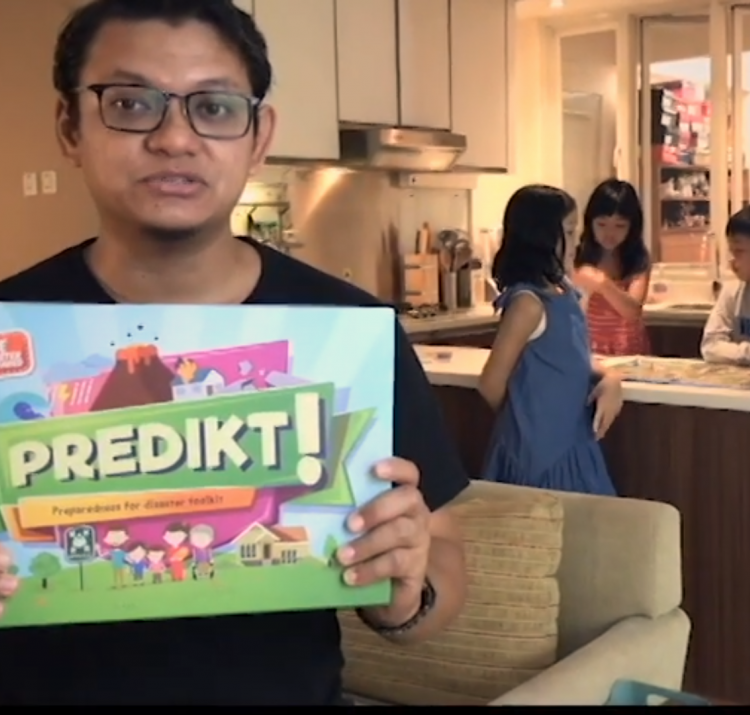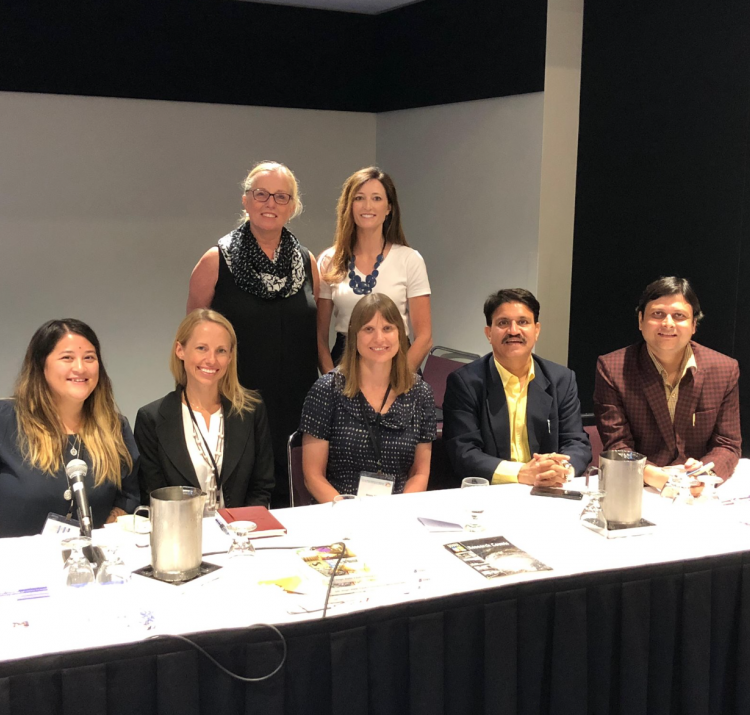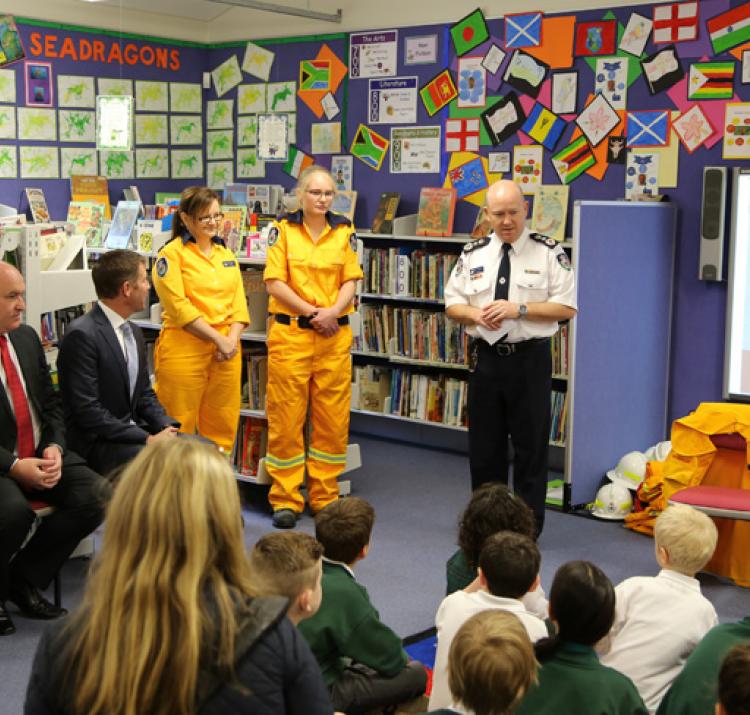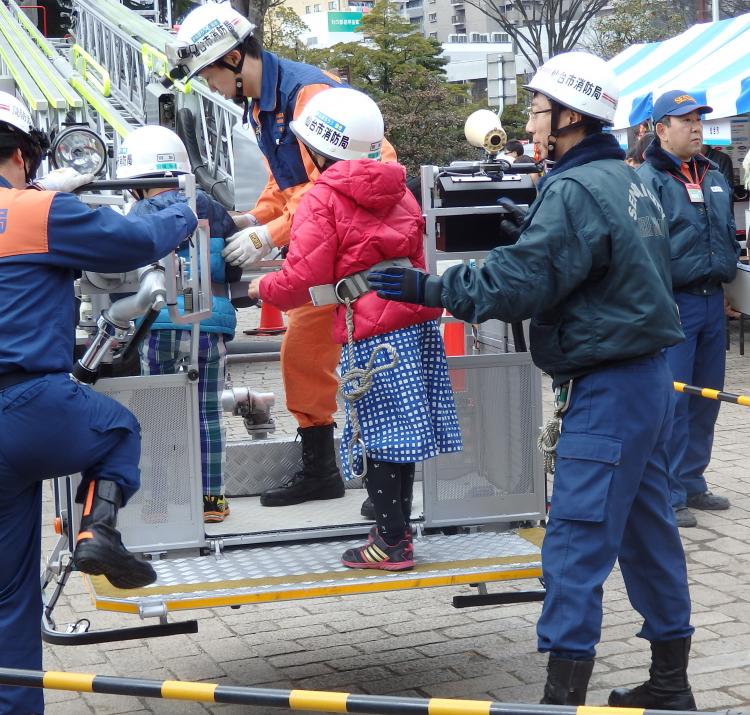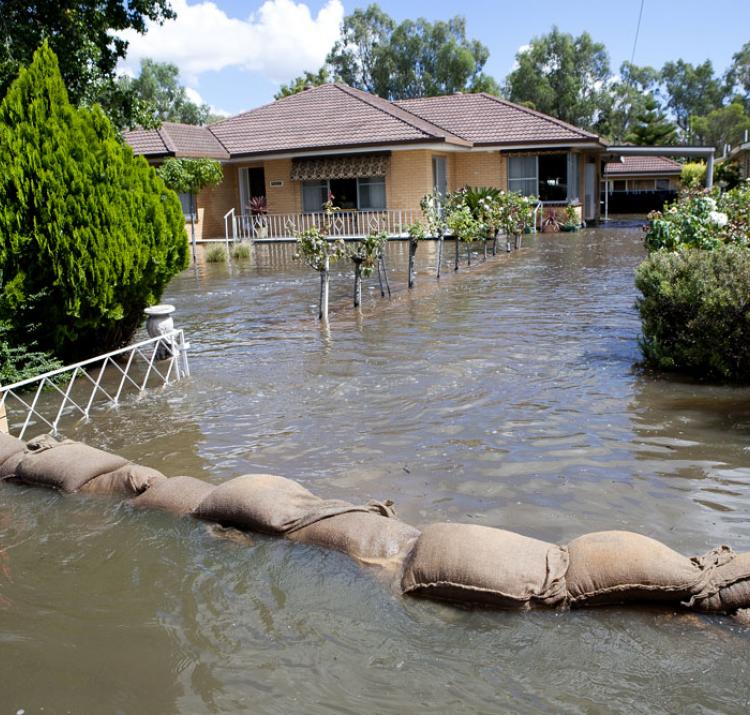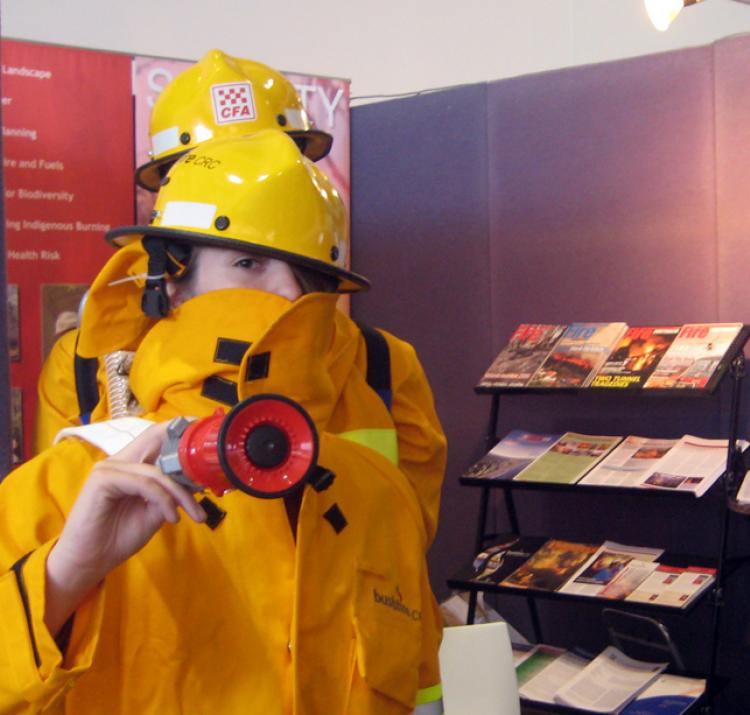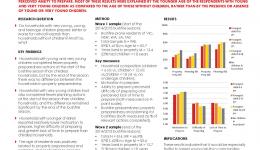Research leader
Research team
End User representatives
Student researchers
Children represent the most vulnerable demographic group in disasters – across the globe it is estimated that 30-50% of fatalities are children - while they are also most vulnerable to psychosocial impacts. Early research indicates that children are a resource for reducing current disaster risks and can also mitigate future risks.
The role of children’s disaster education in managing risk has been recognised as a major priority in the federal government’s National Strategy for Disaster Resilience. Yet, despite a recent surge in child-centred disaster research, the social, psychological, economic and political mechanisms that enable children to both understand and take action to reduce disaster risk remain largely unexplored and the evidence-base for best-practice remains limited.
This project is conducting a nationwide evaluation of programs and strategies based on a child-centred disaster risk reduction framework. It will develop cost-effective programs that reduce the risk and increase resilience for children, schools, households and communities.
This research is already supporting bushfire education for primary school students, with the New South Wales Rural Fire Service utilising findings, along with the knowledge, skills and experience of researchers to develop a bushfire education kit. The ‘Guide to Working with School Communities’ has been rolled out to all schools through the NSW Rural Fire Service. This places primary schools students front and centre in state-wide bushfire plans, based on the research identifying the importance of involving children in active bushfire preparations for the benefit of the whole community.
The Guide follows the earlier publication of an ebook, available nationally, and based on the same principles that if you educate children on hazards safety, their families and the wider community will also benefit.
This line of research has provided fundamental insight into how children learn about bushfires and how they share those learnings with their families. Collaboration with the NSW Rural Fire Service is continuing, and the team will evaluate the guide over upcoming fire seasons to gather data to measure its impact on community safety over successive seasons.
Collaboration is at the heart of the research at every stage, with researchers and end-users involved in all aspects of the study, from undertaking the research to developing utilisation plans and writing journal papers. This collaboration will produce enhanced benefits when the research reaches maturity and is embedded across the country. Utilisation will include developing best practice guidelines and appropriate training.
The project has been highly active on the international scene, with Prof Kevin Ronan representing the CRC on the United Nations Integrated Research on Disaster Risk committee, as well as presenting at the Third UN World Conference on Disaster Risk Reduction in Sendai, Japan, in 2015, and the 2017 Global Platform for Disaster Risk Reduction in Cancun, Mexico. Prof Ronan is also assisting in the development of a science and technology research plan to support the Sendai Framework for Disaster Risk Reduction, 2015-2030. Researcher Dr Briony Towers has also contributed to a World Vision project to deploy the Lumkani fire detector device to slums in Dhaka, Bangladesh. Her ongoing children’s bushfire education research was selected by the UNISDR Scientific and Technical Advisory Group as a best practice case study.



















































